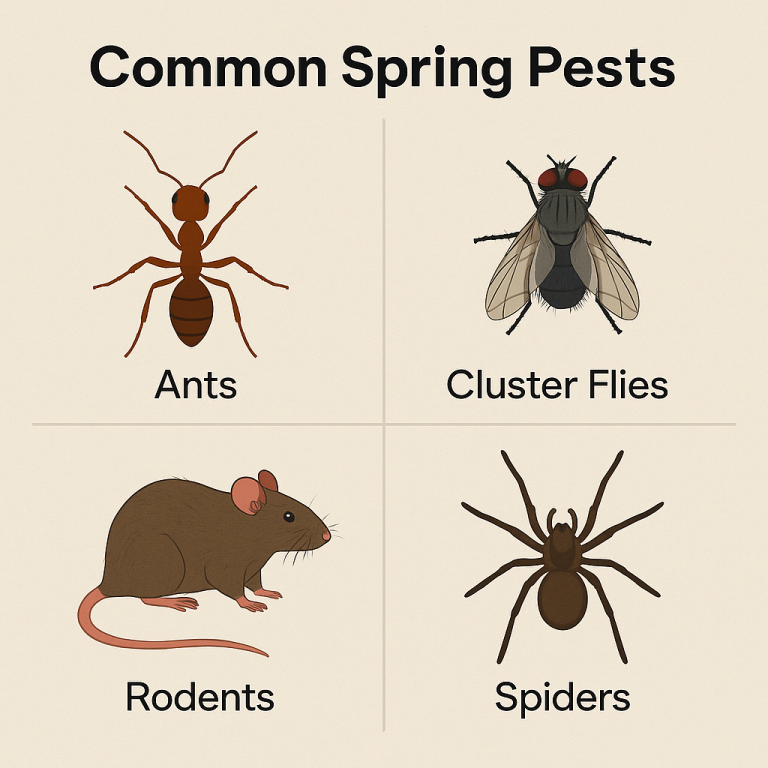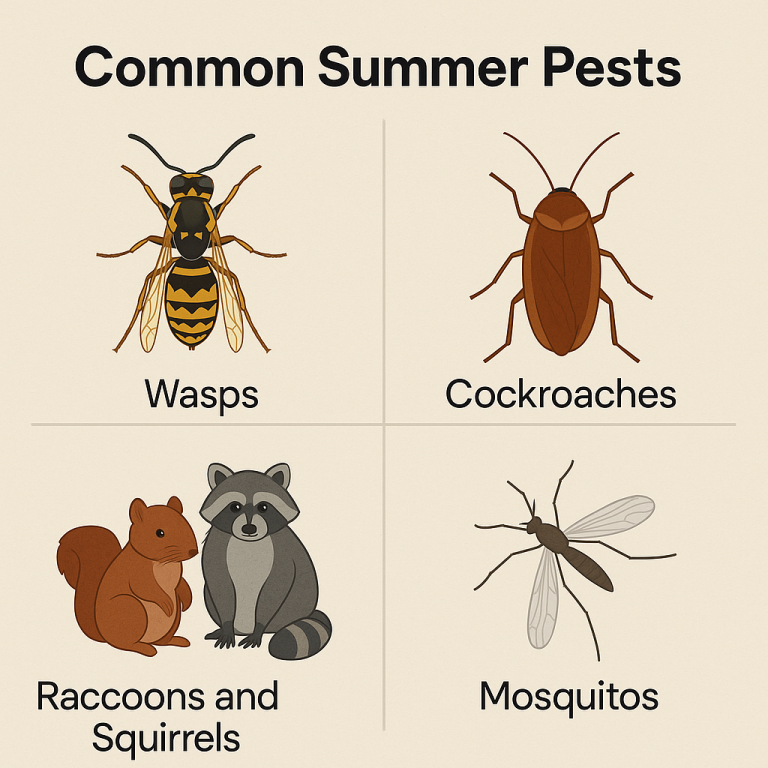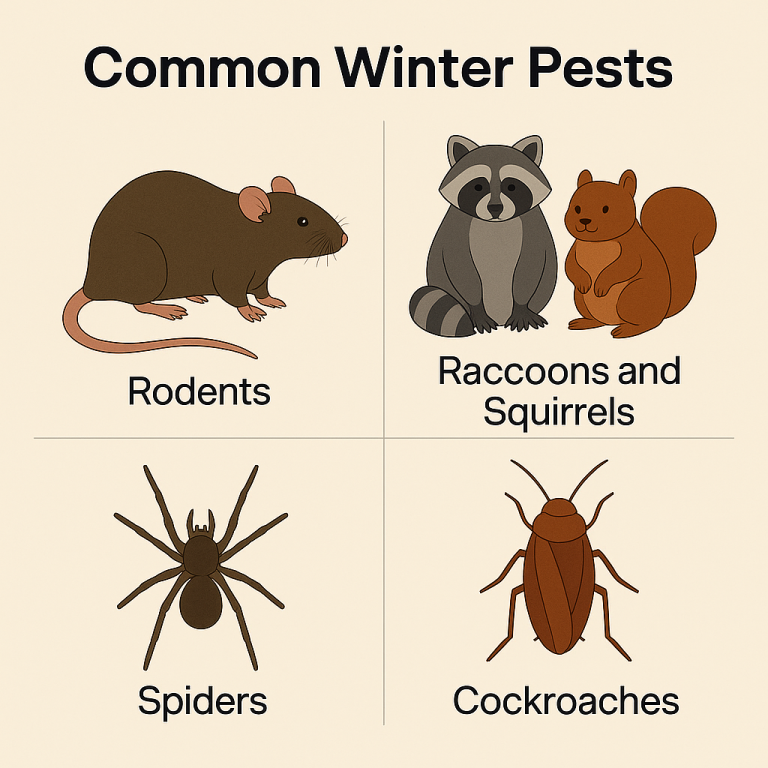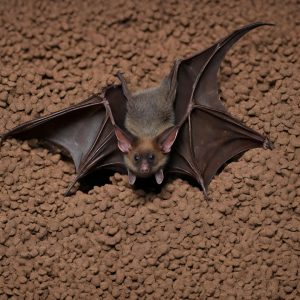Why Hamilton’s Climate Makes Pest Control a Year-Round Need
Hamilton, Ontario is known for its vibrant mix of urban neighbourhoods, historic homes, and green spaces. That same mix also makes it a perfect environment for pests. From the humid summers that attract ants and wasps to the cold winters that drive rodents indoors, Hamilton’s climate creates ideal conditions for unwanted guests every season.
Many homeowners assume pest control is only necessary in spring or summer. The truth is, Hamilton’s unique geography and weather patterns mean pest prevention is a year-round responsibility. Understanding how local climate affects pest behaviour can help protect your home and save you from costly infestations.
The Role of Hamilton’s Geography and Weather
Hamilton sits between Lake Ontario and the Niagara Escarpment, creating a microclimate that is warmer and more humid than many nearby regions. The combination of dense residential areas, forests, ravines, and water sources gives pests and wildlife everything they need.
Mild winters in recent years have allowed many pests that would normally die off to survive through the season. At the same time, hot, humid summers fuel rapid insect breeding. These environmental factors mean pest populations don’t just “disappear” in winter, they adapt and move indoors.
Because of this, professional pest control in Hamilton isn’t a one-time fix. It’s an ongoing process that changes with the seasons.

Spring: When Pests Wake Up
As temperatures rise in March and April, pest activity begins to increase. Insects that went dormant during the winter like ants, spiders, and cluster flies, become active again. Rodents that spent the winter inside may begin nesting in new areas, such as sheds, garages, and attics.
Common Spring Pests in Hamilton
- Ants: Carpenter ants and pavement ants are among the first to appear, often entering homes through cracks or foundation gaps.
- Spiders: They emerge to hunt smaller insects that become active in warmer weather.
- Cluster Flies: These flies hibernate in attics during winter and reappear on sunny days in early spring.
- Mice: As outdoor food sources increase, mice may relocate their nests but often remain close to homes.
Spring pest control visits focus on prevention. Sealing entry points, inspecting for nests, and applying treatments to create a protective barrier around your home before infestations grow.
Summer: Peak Season for Insects and Wildlife
Summer in Hamilton brings warm temperatures, humidity, and rainfall. This makes the perfect breeding conditions for many pests. Insects reproduce rapidly, wildlife searches for food, and the high humidity keeps activity levels high.
Common Summer Pests in Hamilton
- Wasps and Hornets: Nests expand quickly in eaves, attics, and sheds, becoming more aggressive by late summer.
- Carpenter Ants: These destructive insects thrive in warm, damp wood and can quietly damage decks, sheds, and structural beams.
- Cockroaches: Warm, humid weather speeds up their breeding cycles, especially in kitchens or apartment buildings.
- Mosquitoes: Hamilton’s lakes, ponds, and backyard water sources create ideal breeding grounds.
- Raccoons and Squirrels: Abundant food sources (gardens, garbage bins, compost) make urban wildlife more active.
Because summer pest activity is at its highest, monthly or bi-monthly inspections are recommended. Exterior sprays, wasp nest removals, and wildlife exclusion are most effective when done proactively, not reactively.

The Hidden Risks of Seasonal Neglect
Failing to maintain year-round pest control in Hamilton can lead to several problems:
Structural Damage
Rodents and carpenter ants can chew through insulation, wood, and wiring. Over time, this damage can lead to costly repairs or even fire hazards.
Health Hazards
Mice, rats, and cockroaches spread bacteria and allergens that can trigger respiratory problems or illness. Wildlife droppings in attics can also contaminate air quality.
Reinfestation Cycles
Even if you eliminate pests once, they often return if preventive measures aren’t maintained. Hamilton’s changing climate gives pests year-round opportunities to move back in.
Wildlife Conflicts
Skunks, raccoons, and bats are protected under Ontario regulations, requiring humane removal. Leaving them alone only allows them to breed and worsen the issue.
Costly Delays
A small ant problem in summer can turn into a structural issue by next year if untreated. Preventive service plans are far more affordable than emergency remediation.

Fall: The Migration Indoors
When fall arrives, Hamilton’s cooler nights trigger a shift in pest behaviour. Many insects die off or seek shelter, and rodents and wildlife begin preparing for winter. This is when homes become their prime targets for warmth and nesting sites.
Common Fall Pests in Hamilton
- Mice and Rats: As temperatures drop, rodents enter through small openings in foundations, utility lines, or under doors.
- Cluster Flies: They look for overwintering spots in attics and wall voids.
- Spiders: Populations surge as they hunt insects drawn indoors by the cold.
- Boxelder Bugs and Stink Bugs: These nuisance pests cling to sunny exterior walls and eventually slip inside.
- Squirrels and Raccoons: Attics and chimneys provide perfect shelter from the cold.
Fall is one of the most important times to schedule pest control. Sealing entry points, inspecting rooflines, and placing bait stations before pests settle in can prevent major infestations over the winter months.
Winter: Pests Don’t Disappear, They Relocate
It’s easy to think pest season ends when snow arrives, but that’s when indoor infestations often start. Pests that can’t survive outdoors move inside, nesting in attics, basements, and wall cavities.
Common Winter Pests in Hamilton
- Mice and Rats: With access to food and warmth, they breed year-round indoors.
- Raccoons: Females look for safe, enclosed spaces, such as attics, to give birth in late winter.
- Squirrels: They often chew through soffits or vents to build nests in insulation.
- Cockroaches: Once established indoors, they remain active throughout the cold months.
- Spiders: They remain active in basements, crawl spaces, and storage areas.
Ignoring winter pest control allows these animals to establish nests, reproduce, and cause structural or electrical damage without being noticed. Even during freezing weather, regular inspections keep your home secure.

Benefits of Year-Round Pest Control in Hamilton
A consistent pest management plan does more than remove unwanted pests. It protects your home, health, and property value.
Preventive Protection
Regular treatments create continuous barriers, stopping pests before they enter your home.
Early Detection
Routine inspections allow professionals to spot early warning signs (droppings, nests, moisture issues) before they escalate.
Customized Treatments for Each Season
Technicians adjust treatments based on the time of year and the specific pests most active in Hamilton’s climate.
Peace of Mind
Knowing your home is protected year-round allows you to focus on your family, not infestations.
Long-Term Savings
Preventing infestations is always cheaper than dealing with large-scale damage or repeated emergency visits.
What a Year-Round Pest Plan Looks Like
A comprehensive pest control plan for Hamilton typically includes four scheduled visits per year:
Spring: Inspection and treatment for ants, spiders, and emerging insects.
Summer: Exterior spray and nest removal for wasps, ants, and mosquitoes.
Fall: Rodent prevention, sealing entry points, and attic inspections.
Winter: Wildlife checks, bait station refills, and indoor pest monitoring.
Between visits, make sure to have your technician on call for any new activity to ensure full coverage all year.
Protect Your Hamilton Home All Year Long
A year-round pest control plan keeps your home one step ahead by preventing damage, protecting your health, and keeping unwanted visitors out no matter the season.
If you’ve noticed signs of pest activity or want to protect your home proactively, contact Elite Pest and Wildlife Removal. Our experienced technicians specialize in year-round pest management across Hamilton, Stoney Creek, Binbrook, Ancaster, and surrounding areas.
Call 226-208-7793 or visit elitepestandwildlife.ca to schedule your seasonal inspection today.


